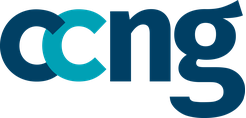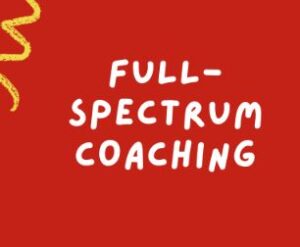We’re all familiar with LinkedIn (LI), the professional social networking site. But it has evolved over the years and it’s important for professional leaders to understand it’s capability. In this posting, I’ll point out some of the changes and provide recommendations on how to improve your LI presence.
When LinkedIn started off in 2003, it was primarily used as a networking site for business purposes. And it is still that plus a whole lot more. As a professional leader, it’s important to have a presence on LinkedIn and to be on it somewhat regularly. For starters, it’s a great way to understand the size and scope of your professional network. When I first joined LI, I didn’t think I had a very large network. After spending time on it and sending invitations to connect with my professional colleagues, I realized I had quite a good size network. And I could grow it easily by using LI.
LinkedIn has changed over the years and has become even more robust. For starters, 95%+ of all recruiters (corporate, 3rd party, headhunters, etc.) are very active on it. In addition to being a great networking platform, LI has also become the “world’s largest candidate database.” It’s important for everyone to understand how recruiters proactively reach out to candidates. You are a candidate, whether you’re looking for a job change or not. It is, therefore, important to present yourself the best way possible as you never know when a great opportunity may come knocking. Here’s a few tips:
-
Make sure your LI profile reflects your resume. It doesn’t have to be as detailed as your resume but it should be an accurate representation of it.
-
List what your duties were in each position and add at least 3-4 key accomplishments in each role. Try to have these accomplishments as specific as possible and use numbers and dollars or percentages wherever possible.
-
Ensure all your jobs are listed in your LI profile. This may seem like a no-brainer but you’d be surprised how many profiles I’ve seen that are missing a job when lined up with their resume. Recruiters will almost always filter you out if your LI profile doesn’t match your resume.
-
Your job dates should accurately reflect your resume for the same reason as stated above.
-
Add a picture to your profile. LI research shows that profiles with pictures generate 30-40% more traffic and views.
These are a few basic tips to get you started. In another posting, I’ll discuss strategies on how to use LinkedIn to maximize your network and assist with a job search.
Pat Calvert is a CCNG member, Managing Director of Contact Center Talent.net partnering with CCNG to help members with executive search needs. Pat has a background in both executive search and contact center management going back to 1986.



